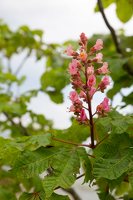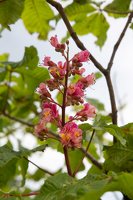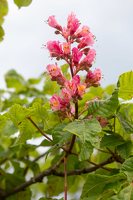- sort orderDefault
Photo title, A → Z
Photo title, Z → A
✔ Date created, new → old
Date created, old → new
Date posted, new → old
Date posted, old → new
Visits, high → low
Random - Google Map
- map
 home / Plantae · augalai / Sapindaceae · sapindiniai / Aesculus × carnea · rausvažiedis kaštonas
home / Plantae · augalai / Sapindaceae · sapindiniai / Aesculus × carnea · rausvažiedis kaštonas

-
 Aesculus × carnea · rausvažiedis kaštonas
Aesculus × carnea · rausvažiedis kaštonas
-
 Aesculus × carnea · rausvažiedis kaštonas
Aesculus × carnea · rausvažiedis kaštonas
-
 Aesculus × carnea · rausvažiedis kaštonas
Aesculus × carnea · rausvažiedis kaštonas
Aesculus × carnea · rausvažiedis kaštonas
- Aesculus rubicunda
- red horse-chestnut
- Fleischrote Rosskastanie, Rotblühende Rosskastanie, Purpurkastanie, Rote Rosskastanie
- rausvažiedis kaštonas
- sārtā zirgkastaņa
- Kasztanowiec czerwony
- rödblommig hästkastanj
- en.wikipedia.org/wiki/Aesculus_%C3%97_carnea
- naturespot.org/species/red-horse-chestnut
- gbif.org/species/3189809
Aesculus × carnea, or red horse-chestnut, is an artificial hybrid between Aesculus pavia (red buckeye) and Aesculus hippocastanum (horse-chestnut). It probably first appeared in Germany before 1820. The hybrid is a medium-size tree to 20–25 m tall, intermediate between the parent species in most respects, but inheriting the red flower color from A. pavia. It is a popular tree in large gardens and parks.